
2016 World Architecture Festival Day One winners announced
By Justine Testado|
Wednesday, Nov 16, 2016
Related
The 2016 World Architecture Festival is back in full swing, and the Day One winners have been announced! Returning to Berlin, the World Architecture Festival attracts architects from all four corners of the Earth. Over 2,000 architects and enthusiasts flock to the global event to watch the live competition unfold before their eyes. (For an idea of the projects in this year's competition, check out Bustler's World Architecture Festival shortlist highlights.)
This year is no less competitive, with a high caliber of projects vying to be one of the Category Winners, and therefore become eligible to win either World Building, World Landscape, or Future Project of the Year. Day One concluded with the announcement of the Completed Building and Future Project category winners. Check out the projects below — and be on the lookout for the Day Two winners tomorrow!
COMPLETED BUILDINGS

HOUSING/House of the Year: House MM by OHLAB/Oliver Hernaiz Architecture Lab
The 2016 House of the Year award went to the ““highly inventive’ House MM by OHLAB/Oliver Hernaiz Architecture Lab. Topping this year’s most competitive category over 19 submissions, House MM delighted judges with its ‘compelling and sophisticated form-making, which also interrogates pertinent issues of energy use and long-term sustainability’. Nestled on a tight sloping site on a hillside in Palma de Mallorca, Spain, the judges commented on the house's modern white form, saying that it ‘transcends the beauty of the everyday, as well as being an inspiring paradigm for the art of the possible’.”

CIVIC + COMMUNITY: Salburua Civic Center by IDOM
The judges described The Salburua Civic Center by IDOM as a “remarkable civic building” that was the “clear winner” of the Civic/Community category. They said the building was full of “surprising and delightful moments’ such as an elevated swimming pool and sunken basketball court, as well as beautifully framed views.

CULTURE: National Museum in Szczecin by Robert Konieczny-KWK Promes
Out of 17 hopeful projects, the eventual winner of the Culture category was the National Museum in Szczecin by Robert Konieczny-KWK Promes. The jury cited the project as “a simple solution and great public space made with only one material, pre-cast concrete”.

RELATED NEWS Philharmonic Hall of Szczecin wins 2015 Mies van der Rohe Award
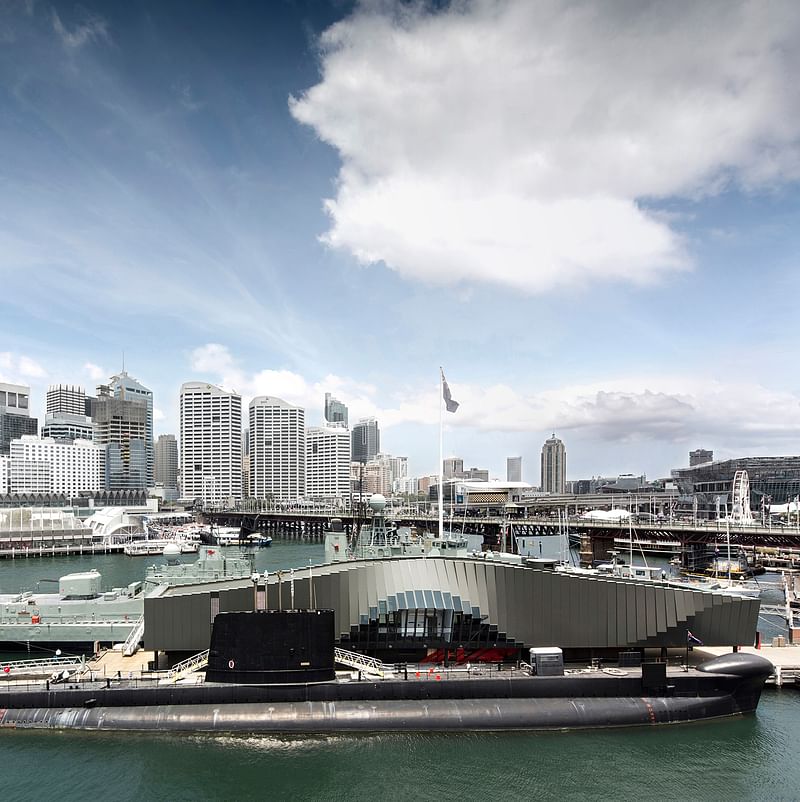
DISPLAY: The Waterfront Pavilion by Francis-Jones Morehen Thorp
“Strongly connected to its history and context, the form [of the The Waterfront Pavilion by Francis-Jones Morehen Thorp] echoes its Wharf setting and the vessels it celebrates. It was judged to have ‘cleverly borrowed from naval architecture and warehouse construction to create a unique and poetic building’.”

HOUSING: Aluminium Tip by Babin + Renaud
With the WAF “Housing for Everyone” theme, Housing was expectedly a hotly contended category. After evaluating an “extremely strong category with an extraordinary range of housing typologies”, the jury decided on the Aluminium Tip by Babin+Renaud. The Paris-based project “was deemed to exemplify the significant contribution that architects can make to the places we call home.”
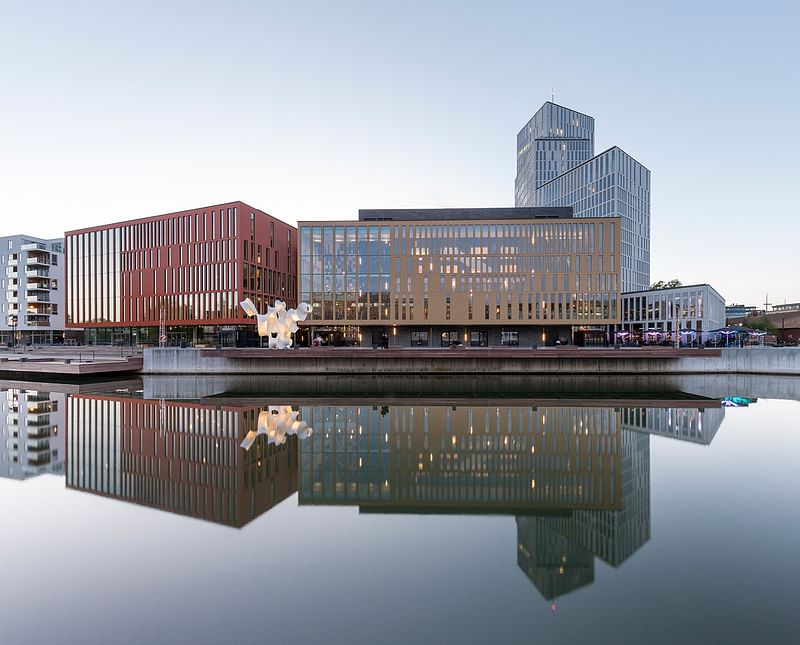
MIXED USE: Malmö Live by schmidt hammer lassen architects
Schmidt Hammer Lassen Architects' Malmö Live — a concert hall, convention centre and hotel rolled into one — won the Mixed-Use category. The judges described the project as “‘a public building [that is] in the best sense of the word: open to anyone, not exclusive and very democratic. It cleverly eliminates the traditional division between front of house and back of house and is an important catalyst of urban regeneration. The architecture is restrained and uncompromising’.”
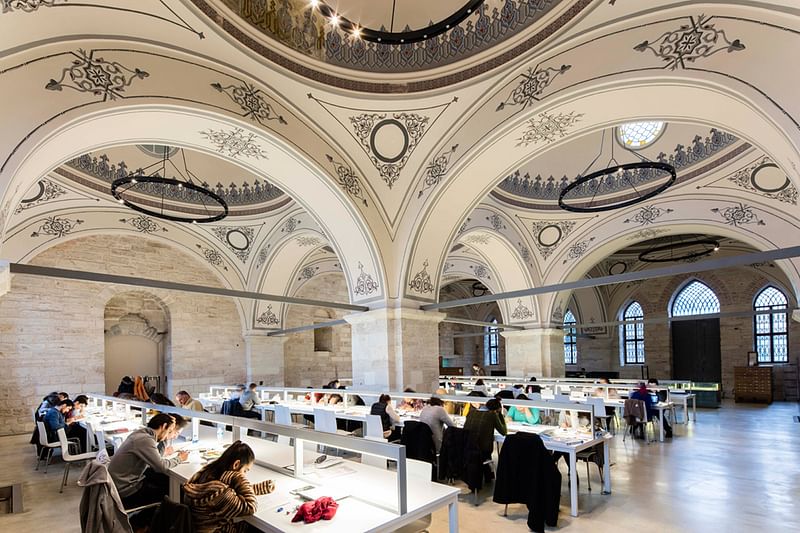
NEW AND OLD: Beyazit State Library by Tabanlioglu Architects
Celebrating stellar projects that skillfully fuse the modern and the historic, the New and Old category winning title went to the Beyazit State Library in Istanbul by Tabanlioglu Architects. The jury praised the project as “a subtle and beautiful restoration”, citing features like “‘glass boxes for rare books which are elegantly balanced within the historic spaces’, as well as a lighting scheme which enhances the existing historic volumes and spaces without being overwhelming or distracting”.

OFFICES: The Zig Zag Building by Lynch Architects
The Zig Zag Building by Lynch Architects won the Offices category, “standing out for ‘addressing its role in the re-making of the city with great skill.’ Located on London's Victoria Street, the project is ‘both contextual and critically independent’, the judges stated. ‘[It] proves that a financial speculation can be harnessed to create a better place.’”

PRODUCTION, ENERGY, AND RECYCLING: Floating Fields by Thomas Chung
The Shenzhen-based Floating Fields by Thomas Chung is “formed of open-air shallow rectangular partitions some filled with growing fields and others with water on which floated growing boxes. Judges said ‘the project had a very clear message and was collaborative in nature – involving many diverse stakeholders, taking into consideration the entire life cycle and educating an entire region’.”
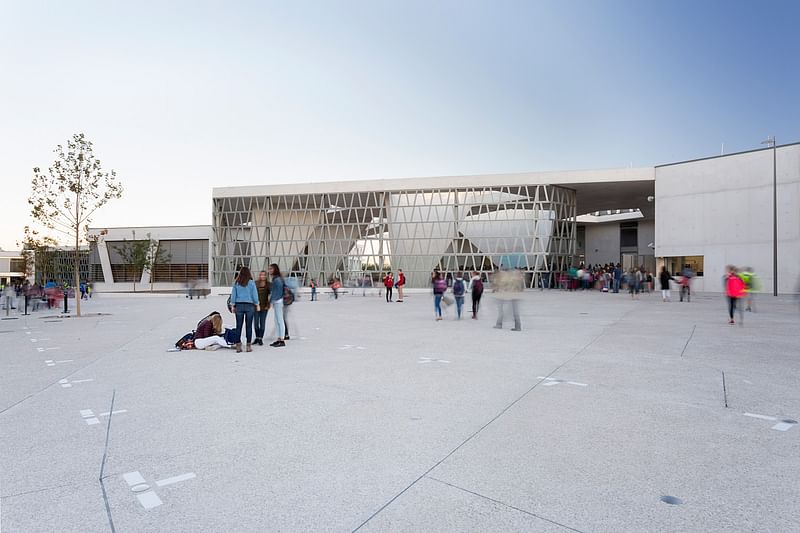
SCHOOLS: German School Madrid by Grüntuch Ernst Architects
Grüntuch Ernst Architekten won the Schools category for their German School project in Madrid. The judges commended the Berlin-based architects “for their design and environmental performance of the complex, which they said combines to ‘enhance the facilitation of teaching and learning’. The school is the largest civil project of Germany outside of German soil, and opened to pupils in its new premises last October.”
FUTURE PROJECTS
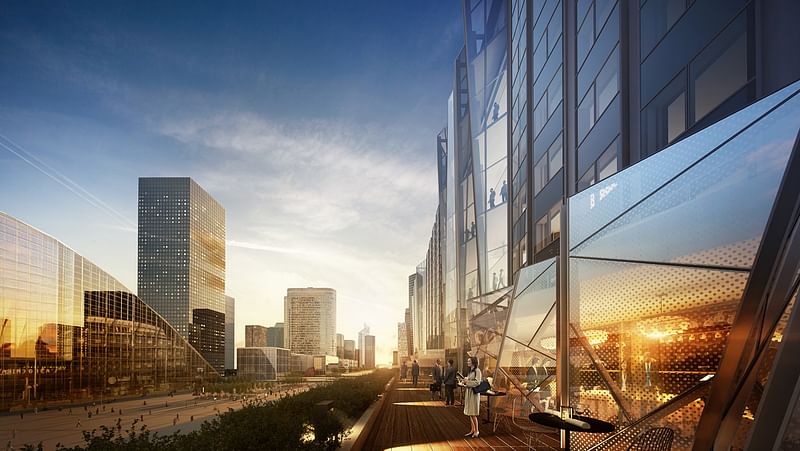
Future Projects - CIVIC: Kohn Pedersen Fox Associates - Hudson Yards Masterplan
Kohn Pedersen Fox's Hudson Yards emerged as the Future Projects: Civic winner. The masterplan would provide “‘extensive park and public plaza space in a dense urban setting’ through its promised transformation of a New York neighborhood.”
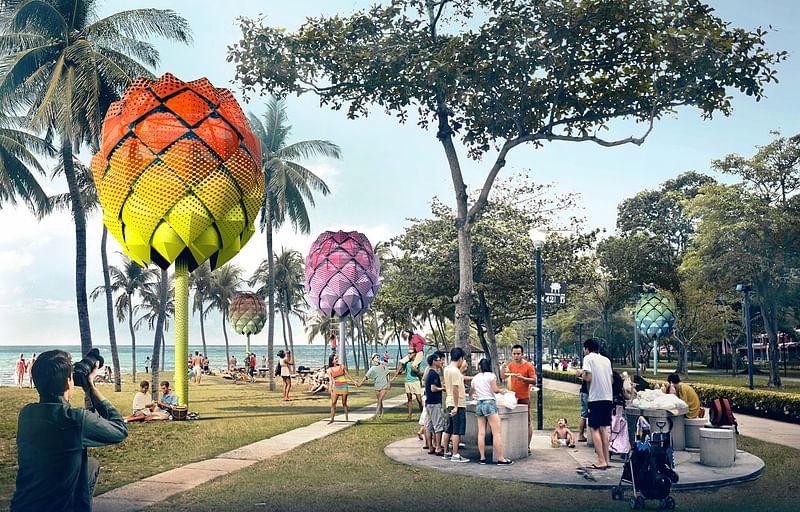
Future Projects - EXPERIMENTAL: Beach Hut by Spark Architects
The Beach Hut by Spark Architects is “a very viable project that looks at the use of waste plastic from the sea’s huge floating trash islands to make tree house shelters for the beaches of Singapore,” the jury stated.
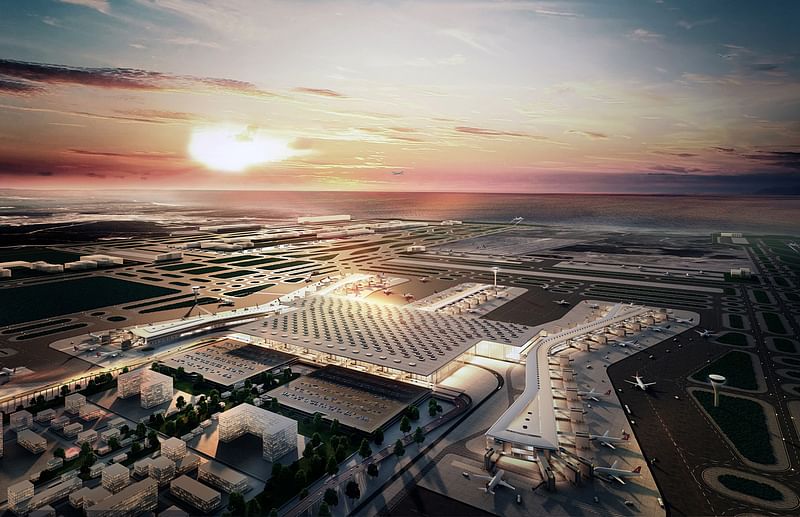
INFRASTRUCTURE - Scott Brownrigg Ltd, Istanbul New Airport
The Future Projects: Infrastructure prize was awarded to the Istanbul New Airport by Scott Brownrigg and Grimshaw, Nordic, Haptic, Fonksiyon, and TAM/Kiklop. The project would become “the largest single terminal in the world on completion. Judges said the project presents a solution which ‘recognises the exponential growth of air travel and harnesses the potential for a new and significant green lung in the city’.”
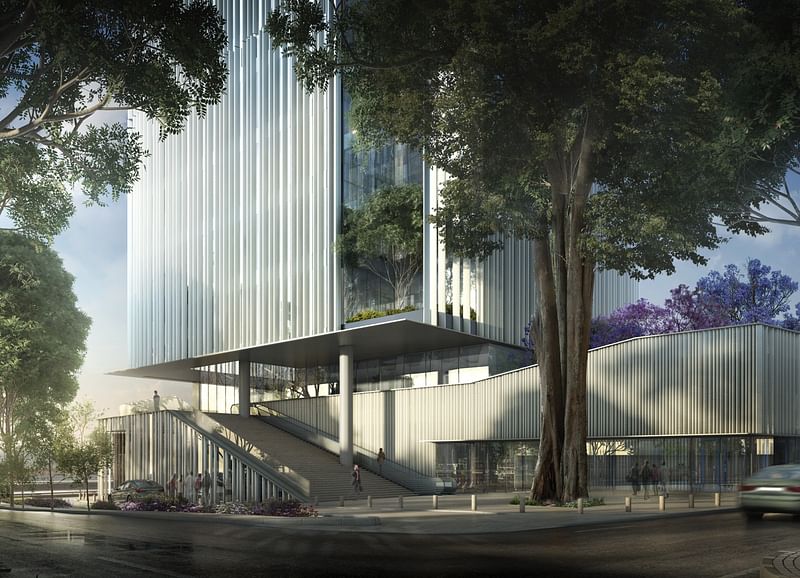
OFFICE: a.spire by Nabil Gholam Architects
The Future Office of the Year went to Nabil gholam architects' a.spire, which the jury praised as “‘a gift to the city‘ of Lebanon. The judges said it “‘offers hope to a beautiful place whose recent history has been so difficult’. Clad in vertical louvres, the design is a freestanding structure with no rear façade and instead a garden that overlooks the city.‘”
All images and quoted text courtesy of the 2016 World Architecture Festival.

RELATED NEWS 2016 World Architecture Festival shortlist highlights

RELATED NEWS OMA/Ole Scheeren's The Interlace wins World Building of the Year 2015


Share
0 Comments
Comment as :